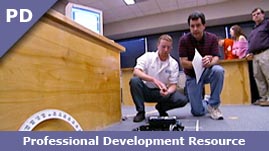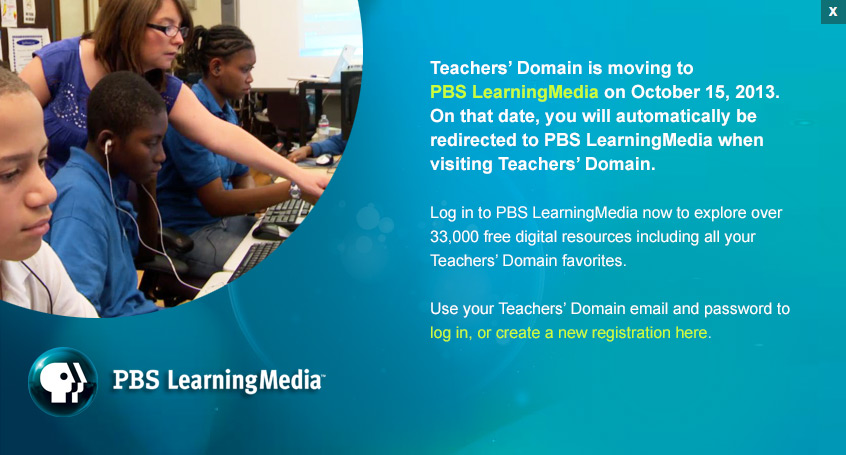Teachers' Domain - Digital Media for the Classroom and Professional Development
User: Preview


Source: Getting Results: "Engaging Students in Lecture and Lab"
This media asset is from Getting Results: "Engaging Students in Lecture and Lab."
In this professional development video from Getting Results, students and their instructors discuss how lab time reinforces what is taught in lecture. One instructor says his goal is to prepare students through lecture, and then apply the learning in a lab. In this video, the students have to understand a mathematical function in order to make a robot work. When students get frustrated in the lab, the instructor guides them with questions. One student says the lab gets results for students by “hammering home” the content. The instructor concurs, saying that he avoids telling his students how to do the problem. Instead, he encourages them to grapple with it themselves.
Content knowledge and teaching knowledge can both play a role in instruction. Similarly, lectures and lab time can each have a place in student learning. Lectures can provide the theory and ideas behind the content, while labs can create hands-on opportunities.
Teachers can provide students with opportunities to engage through labs, fieldwork, and practicum. Students learn by actively working with new ideas, solving problems, discussing, brainstorming, and researching.
Labs give practical meaning to what is covered in lecture. By making lecture content “real,” labs engage students with the practical problem at hand, and also pull them deeper into their education. As Dr. John Bransford, professor of education at the University of Washington School of Education, notes, when students wrestle with real-world problems, they come to enjoy and value their learning.
 Loading Standards
Loading Standards